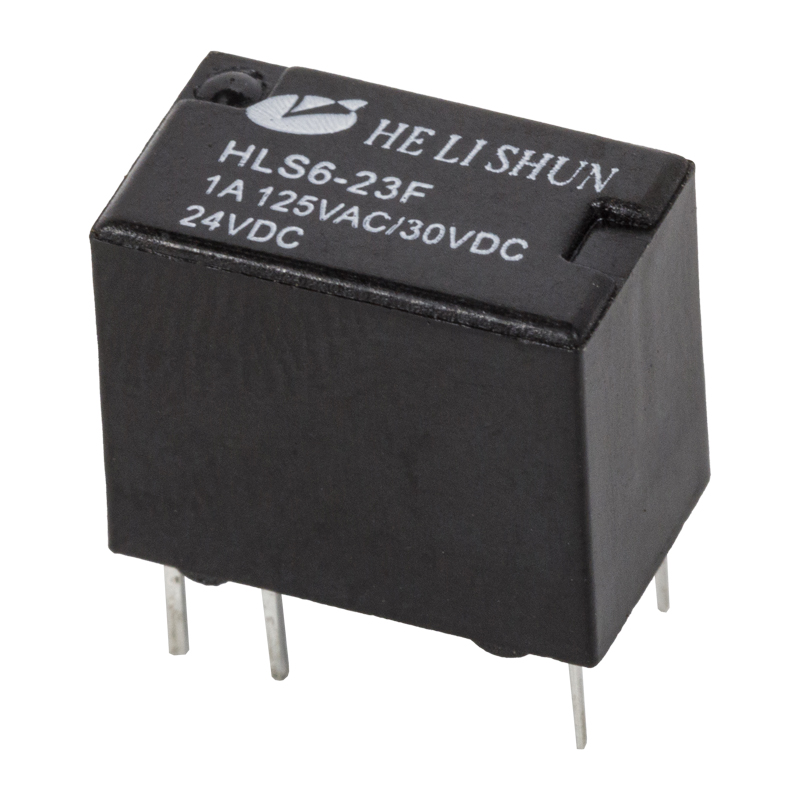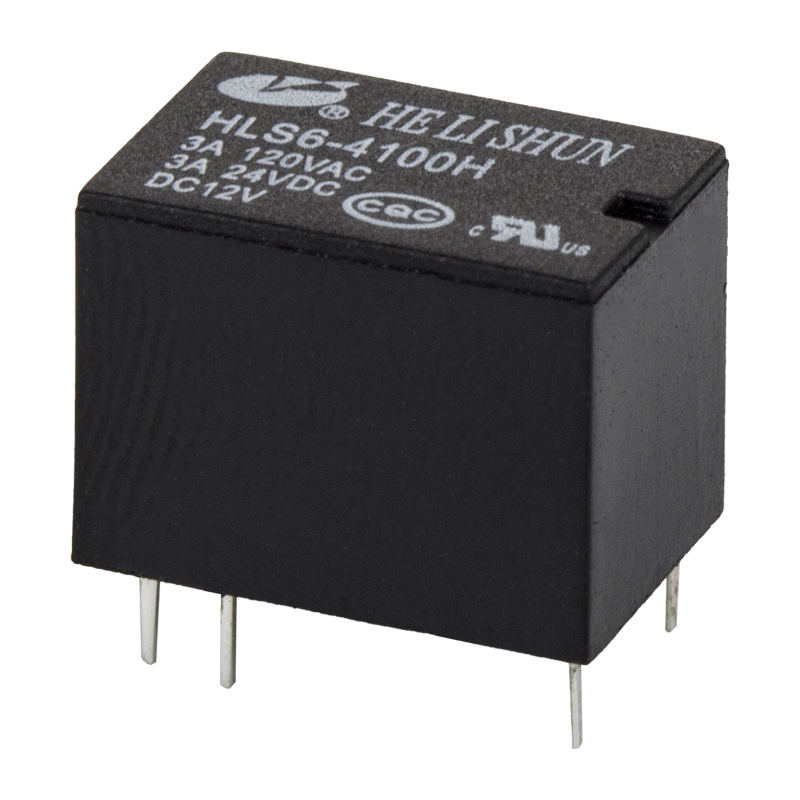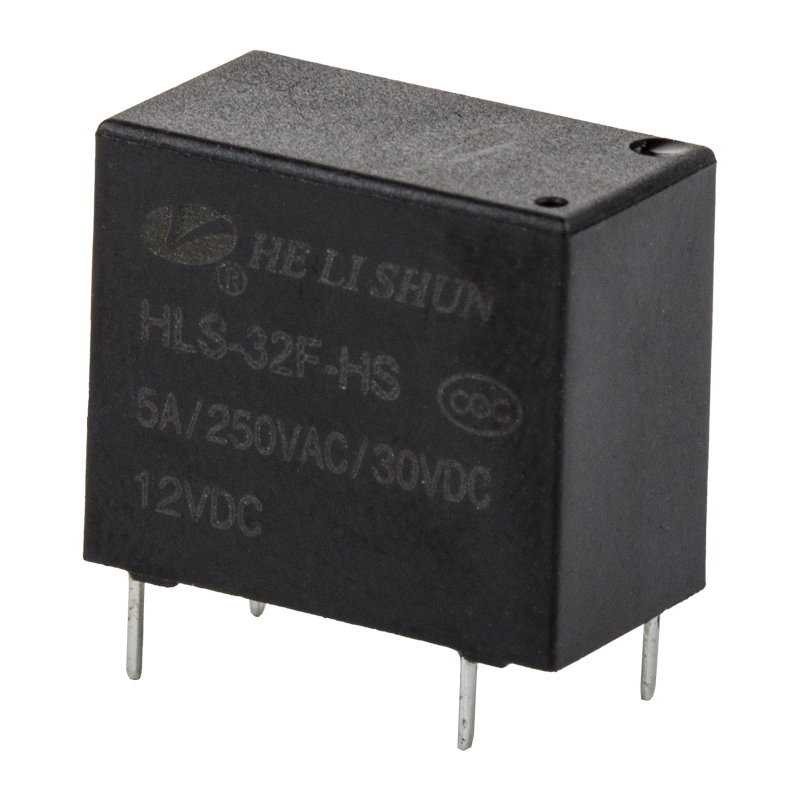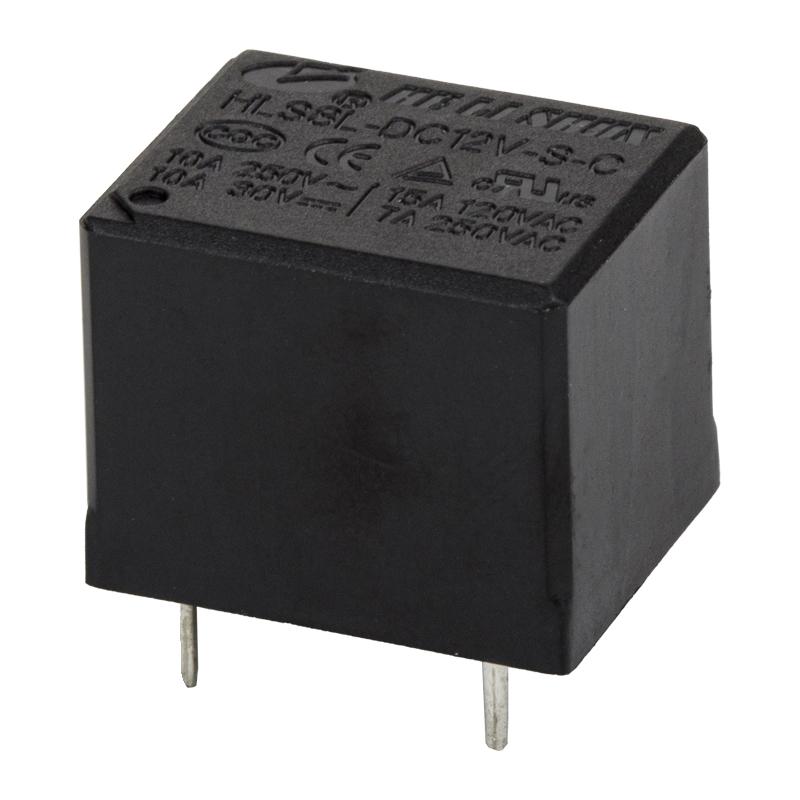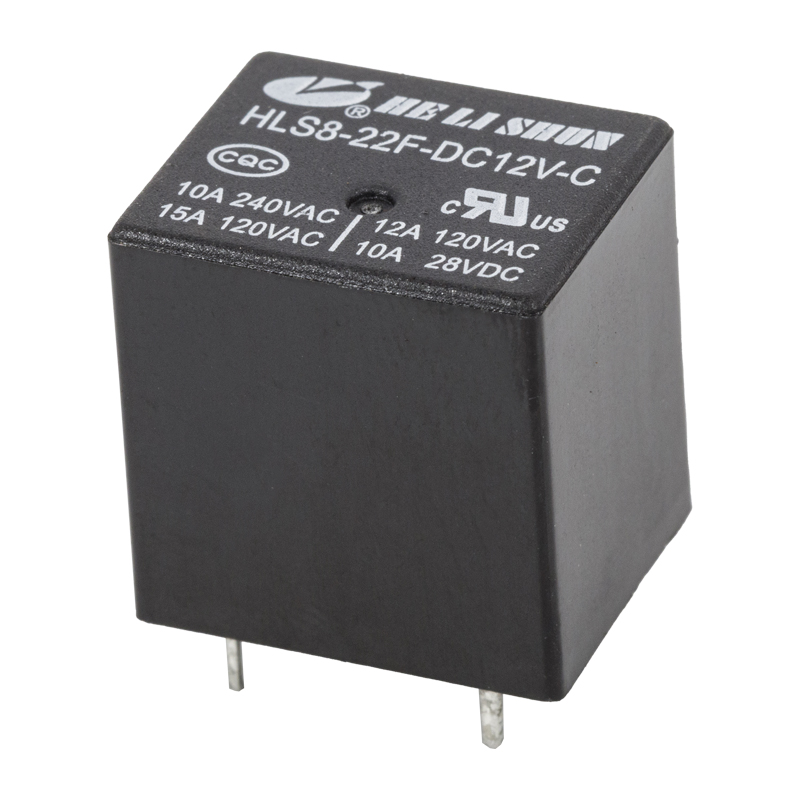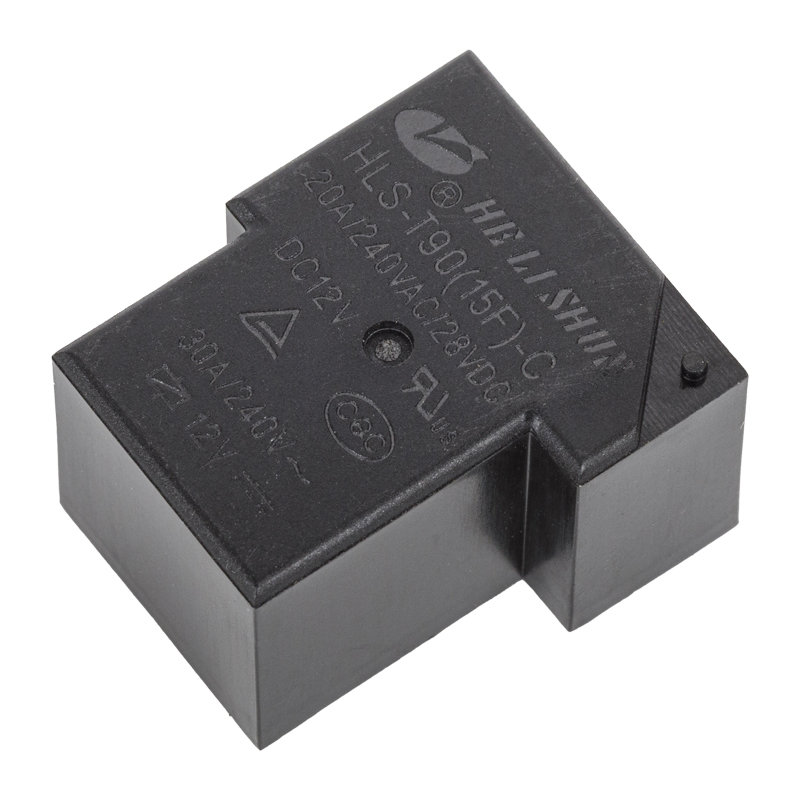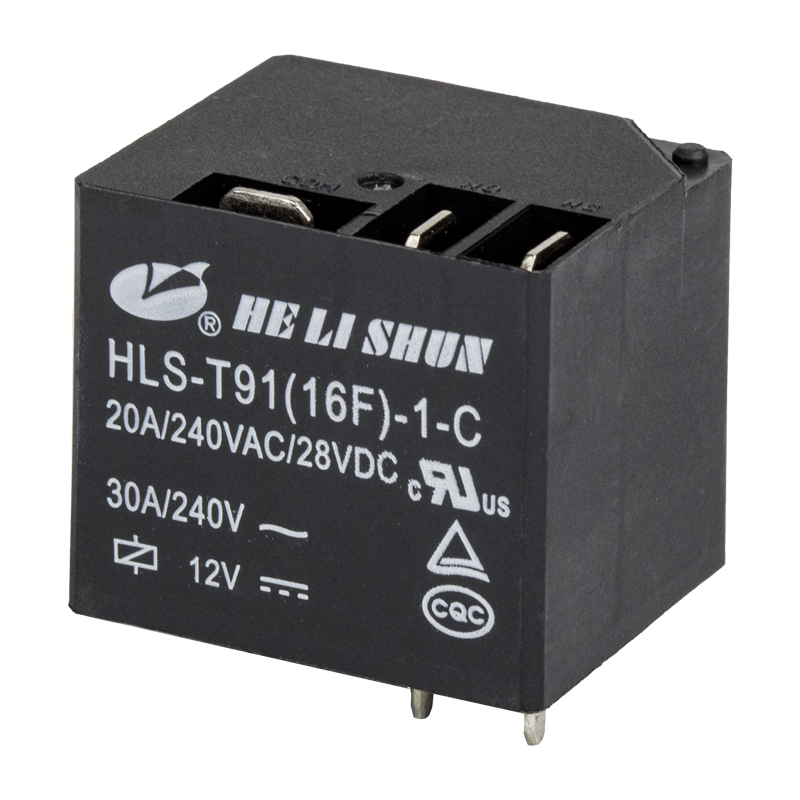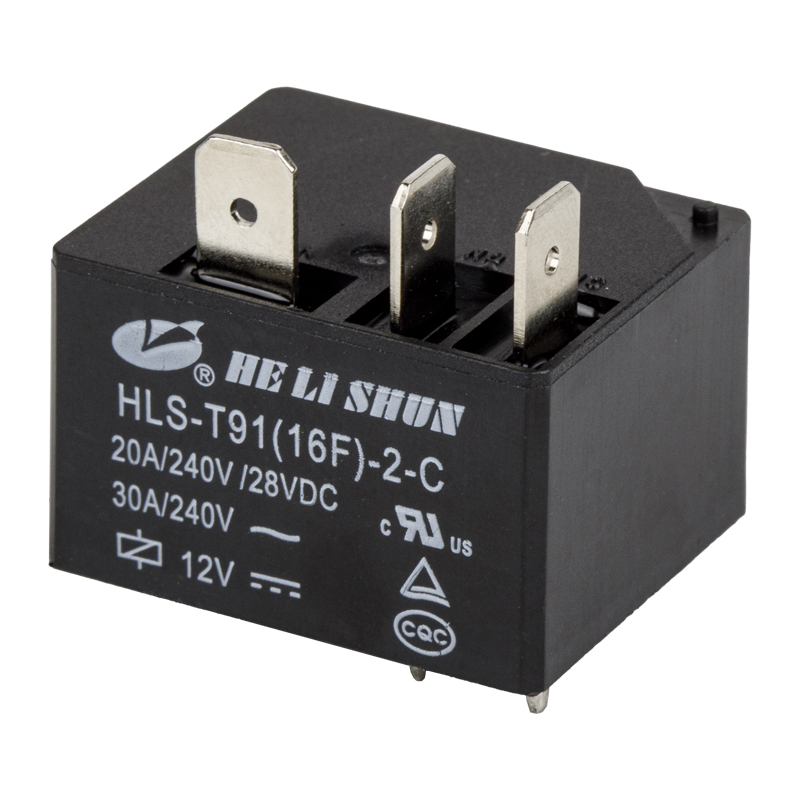Relay technology plays a crucial role in modern industrial control and automation. As a key bridge connecting relays to external circuits, the stability and reliability of the Relay Sockets Bases directly affect the operation of the entire system.
Content
I. Relay Sockets Bases: A Reliable Bridge Between Relays and Circuits
To understand the working principle of a Relay Sockets Bases, we must first clarify its role. It is not an independent electrical control unit, but rather a connection accessory specifically designed for relays (especially electromagnetic relays).
The main functions of a Relay Sockets Bases can be summarized in the following three points:
- Physical Support: Provides a stable mounting base for the relay.
- Electrical Connection: Provides convenient and reliable terminals for connecting the relay coil, normally open (NO) contacts, and normally closed (NC) contacts to external control and load circuits.
- Quick Replacement: Allows users to quickly plug in, unplug, and replace relays without altering the wiring, greatly improving maintenance efficiency.

II. Core Working Principle: Realizing Relay Function and Simplifying Wiring
The Relay Sockets Bases itself does not contain complex electronic components; its working principle is based on connectivity to achieve the relay's function.
1. Structure and Wiring
A typical Relay Sockets Bases usually consists of a set of corresponding metal sockets and screw terminals.
- Socket Section: Precisely matches the pins (pins) on the bottom of the relay. When the relay is inserted, its coil pins and contact pins contact the corresponding metal rails inside the socket.
- Terminal Section: External wires are connected to these terminals via screws or spring clips. These terminals are then connected to the corresponding sockets via internal rails, thus forming a path with the various functional parts of the relay.
2. Working Process (With Relay)
When the relay is installed in the Relay Sockets Bases, the entire system's working process is as follows:
- Control Signal Input: External control signals (such as PLC output, sensor signals, etc.) are connected to the two ends of the relay coil through the terminals on the Relay Sockets Bases.
- Relay Action: When the coil is energized, a magnetic field is generated, driving the armature to close, causing the relay contacts to switch (e.g., normally open contacts close, normally closed contacts open).
- Load Circuit Connection/Disconnection: Another set of terminals on the Relay Sockets Bases is connected to the load (such as a motor, solenoid valve, indicator light, etc.). The switching of relay contacts, either internally or through the socket, connects or disconnects the load circuit, thus achieving circuit control.
The working principle of a Relay Sockets Bases is to efficiently and reliably "guide" control signals and load power to the corresponding pins of the relay, ensuring that the relay correctly performs its function as an electrical control switch.
III. Considerations for Selecting a Relay Sockets Bases
When selecting a Relay Sockets Bases, simply understanding its working principle is insufficient; the following aspects must also be considered to ensure the stability of the electrical system:
When selecting a suitable Relay Sockets Basess, you need to comprehensively consider the following four core factors to ensure its stable and reliable service to your electrical control and automation system:
- Matching: This is crucial. The number of pins and the internal arrangement of the socket must be completely consistent with the model of the relay you are using. Common specifications include 8-pin, 11-pin, and 14-pin, ensuring perfect physical and electrical compatibility for effective connection. Related terms include: electromagnetic relay, connection accessories.
- Current/Voltage Rating: The Relay Sockets Bases must have sufficient load-carrying capacity. This means it needs to be able to safely withstand the maximum load current controlled by the relay contacts and the highest voltage in the system. Choosing an undersized product may cause the socket to overheat or even burn out, affecting the safety of the electrical control system. Related terms include: load current, electrical control.
- Installation Method: Choose the appropriate mounting method based on your installation environment. The most common form is clip-on mounting on a DIN rail (DIN rail mounting), which is extremely common in standard control cabinets and industrial control systems; panel mounting is also available, suitable for internal equipment mounting. Related terms include: DIN rail, automation.
- Wiring Method: There are two main terminal connection methods: the traditional screw-clamping type, known for its strong and reliable connection; and the faster quick-connect spring clip type, which can significantly improve the efficiency of field wiring. Please choose according to construction requirements and ease of maintenance. Related terms include: terminal blocks, industrial control.
Relay Sockets Basess greatly simplify the installation, maintenance, and troubleshooting of relays by providing a standardized and reliable physical and electrical connection platform, making them a key auxiliary component for achieving efficient industrial control and automation.




 English
English 中文简体
中文简体
